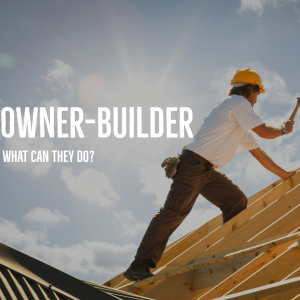Who: Contractors, Sub-Contractors and Development Affiliated Resource
What: City of Tampa, Construction Services Hurricane Preparedness Advisory
When: Prior, during and after a National Weather Service or National Hurricane Center Notice of a Hurricane or Tropical Storm Warning
Why: To protect citizens and property during an inclement weather hazard
Details: All construction materials, including roof tiles, within the city should be secured, stored or removed so as not to create a safety hazard because of hurricane or tropical storm force winds, or similar inclement weather.
What this means for you:
- All contractors should implement their hurricane job site plan during this time.
- Secure all equipment that cannot be removed from the site.
- If applicable, all tower cranes to be properly secured and prepared for high wind events.
- Interiors of structures under construction should be secured to prevent materials from becoming airborne.
- All debris on a construction site should be stored in commercial containers and should be properly secured.
- All hazardous and or reactive material should be identified, with provisions to safely store, neutralize or relocate the materials to a safe location.
- Piles of dirt, sand, and stone on a construction site should be located away from the canals, right of ways, adjoining properties, swales, culverts, and inlet grates.
- Locate and turn off all utilities (electricity, water and gas) provided to the site.
Questions: If you have any questions about this advisory, please email us at CSDHelp@tampagov.net
Courtesy : Tampa Bay







